Krier refers to the physical form of architecture, to its vocabulary. On this, in many respects he is absolutely right. But, can it also be that the simple act of creating space is intrinsically politically connoted? And if so, do we have to care about it?
Let's start with the simple observation that since man lives in space, architecture has to do with both. Architecture as a living space for man basically means noting that the constituent elements of the space in which we live are collectors of political instances, economic and class relationships, which are translated by the designers/builders - consciously or not - into representations of a real or ideal social organization.
Space in its form and structure, therefore, is determined by - and in turn determines - the socio-economic dynamics that take place there. In other words, we are all surrounded by spaces that are solid state politics, which crystallize the socio-economic processes that created them. Certain buildings or monuments tell us about these relationships in a more or less explicit way, contrary to ordinary and anonymous objects and buildings. The former provide us with the keys to reading history, the latter enact invisible dynamics in implicit (or explicit?) silence.
A not immediately obvious thing, for those who are not interested in Architecture, is that Space, as well as Light, is a constituent element as much as Mass. Mass is static and material: it does not move and determines Space by enclosing an immaterial Volume; these can be dynamically traversed and experienced.
The forces that shape a society, which in turn tend to be controlled by Power (considered as an abstract element with a thousand faces), often end up determining the spatial structure of an environment at various levels.
It is here that, wanting to make up the Polemics, Krier is perhaps lacking in his analysis: Politics in Architecture takes shape even before drawing a mark on the napkin of the coffee cup: the political instances that structure the space unfold their influence already at the proto-design stage.
They certainly meet functional criteria but, in satisfying them, solutions are preferred in accordance with the political objectives and ethical values of the actor/s who mobilize the economic strength to carry out the project.
Now, if this seems interesting, let's take the example of Milan Central Station to better explore the relationship between Architecture/Urbanism and political processes. Otherwise, those who are bored can jump straight to the conclusion.
Here in the photo you can see the previous Milan station, located in today's Piazza della Repubblica and closed in 1931 following the advent of the new one.
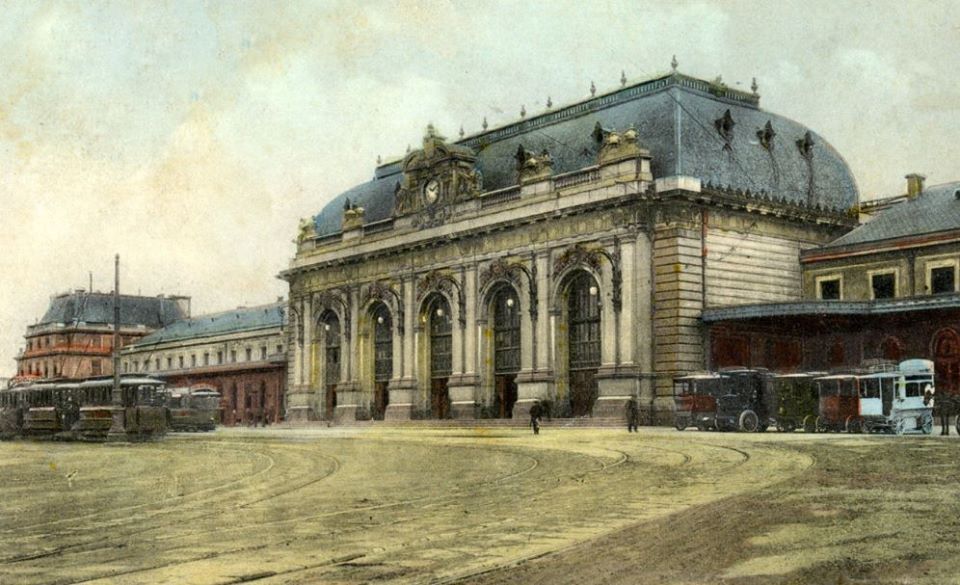
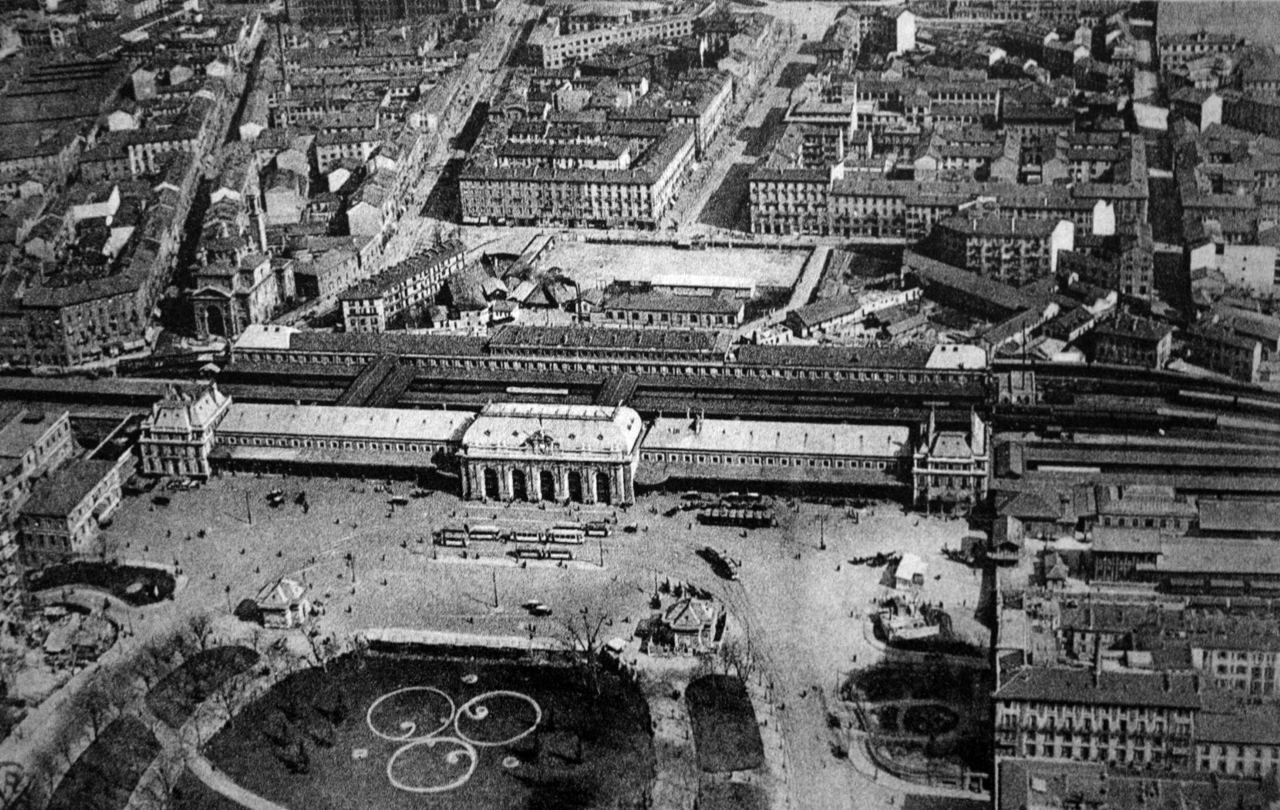

While solving the logistical problems that afflicted the Milanese road network at that time, with its location on the outermost railway boundary, the new station presented an incomprehensible characteristic, probably dictated by the urban context (and the lobbying power of the land owners): being conceived as a head station. At a head station, the train must first enter it with long maneuvers, then it must receive a new locomotive at its rear (if it does not have one), and then restart by repeating the exit maneuvers. This inexorable slowness of the maneuver is evident to anyone arriving by train in Milan (or in other stations alike such as Antwerp).
And this is strange for a regime that had no problems regarding massive evictions (see Via della Conciliazione in Rome to create the panoramic axis towards St. Peter): it is in fact a pure political decision.
In the maps below you can see the abandoned railway track, the one maintained (new Porta Garibaldi freight yard, on the left), the new station - on the right - and the location of the previous one - in correspondence with the circle indicating today's Piazza Repubblica - (Vallardi , 1925), and then we have an enlargement of today's Piazza Repubblica.
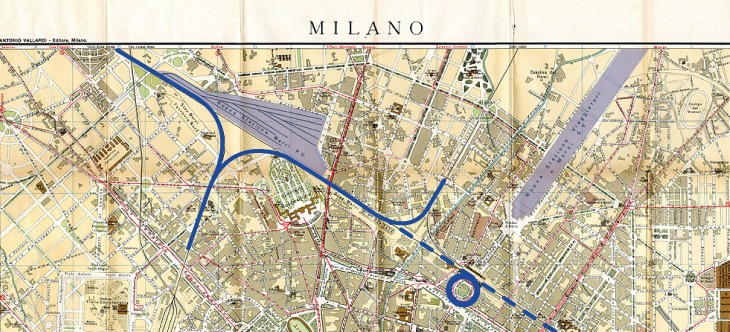
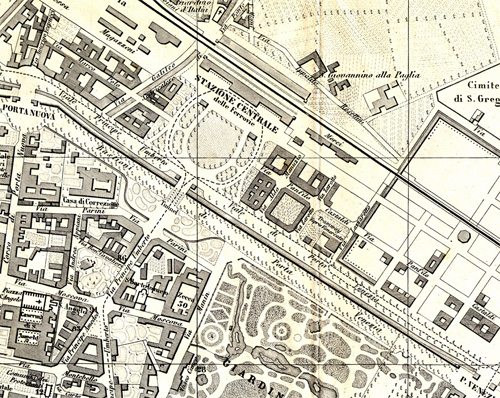
In short, such an operation can only be a highly politicized sequence of decisions and bureaucratic operations that interweave to form the urban space. Well: it was decided that the new station was to be built near the old one, but not on the same place, with a perpendicular orientation, and that the Garibaldi rail yard would be used as a staging area for goods.
By allocating the new station in place of the Garibaldi rail yard instead, it would have been possible to have a passing-through structure, located in a much more advantageous position from the connective point of view, perhaps by replacing the rail yard. This alternative was discarded, go find out why. Policy... I mean, Politics! (Hmm...in Italian this difference does not exist...I'm not even sure I completely grasp it. English language is actually difficult, but whatever...)
In any case, one important thing remained to be solved: the fate of the place where the old station stood: at the time no one would have thought of re-functioning the building and do many beautiful things in it, so it was demolished and... And nothing. That non-lieu became a motorized junction with a few shreds of sick flower bed.
Urban planning problems still unsolved and evident to every tourist who leaves the station and walks through that mammoth, aseptic and out of scale avenue that is Viale Vittor Pisani (an avenue without trees!). I was walking in the streets, university student, when: «Scusi, where is Piazza della Repubblica?» they ask me. «This is it, good man.» I reply. And they: «But where is the square?». Yeah, good question, You got it, dude. Not the Milanese, because they are too used to ugliness (we'll talk about it one day) and when they walk they have to keep their eyes on the ground so as not to step on some dog turd.
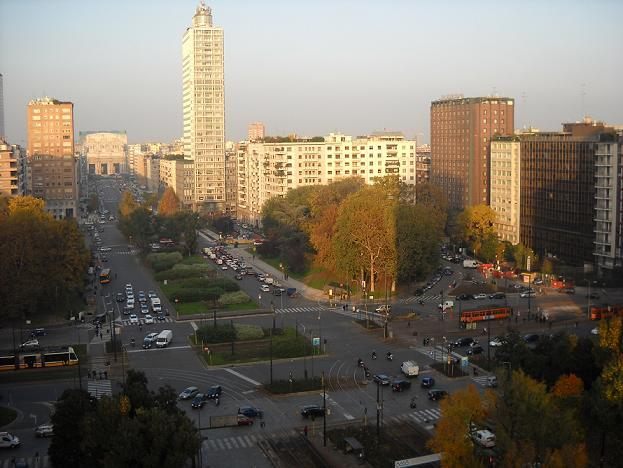
In the background, the new station.
![]()
So is Krier wrong? No: it's true, a station is neither democratic nor authoritarian. Even a row of Doric columns is not democratic or authoritarian. In principle. If a column is a letter and a row of columns is a word, with that word we can form the sentences we want. Sing, or shout to someone, and so on.
How about putting some very muscular telamons in place of columns? Winged victories holding the symbols of the Empire, do we have any? We make this station as a glorious hymn to the narration of current political power, eia eia alalà! Here Krier is right in saying that Architecture can be used politically, both at the level of the architectural component itself, and in the experience of using the building.
But anyone who goes to catch a train at that station in Milan, and takes a few seconds in the frenzy to admire the imposing vaults, the massive statues, or the enveloping moldings in mighty stone, cannot fail to exclaim «Big Jaw also had some beautiful things built!». And then, if one is a human person, sensitive or minimally intelligent, one will develop a form of interest somehow, be it historical, artistic or cultural, inspired by the architectural poetics of the building.
We therefore say that we cannot care at all about the moral judgment towards Fascism because as Krier rightly states, Architecture goes beyond politics, in the sense that its teaching can be much broader.
But let's say it in a low voice, because usually some genius turns up triggered yelling «phasheestah!1» just because I say that the Central Station or other buildings of the Twenty-years are beautiful.
If the day was going well, I try to spoil it with this delirious article in which a brazen face wonders what we are waiting for to get rid of the phasheesta junk.
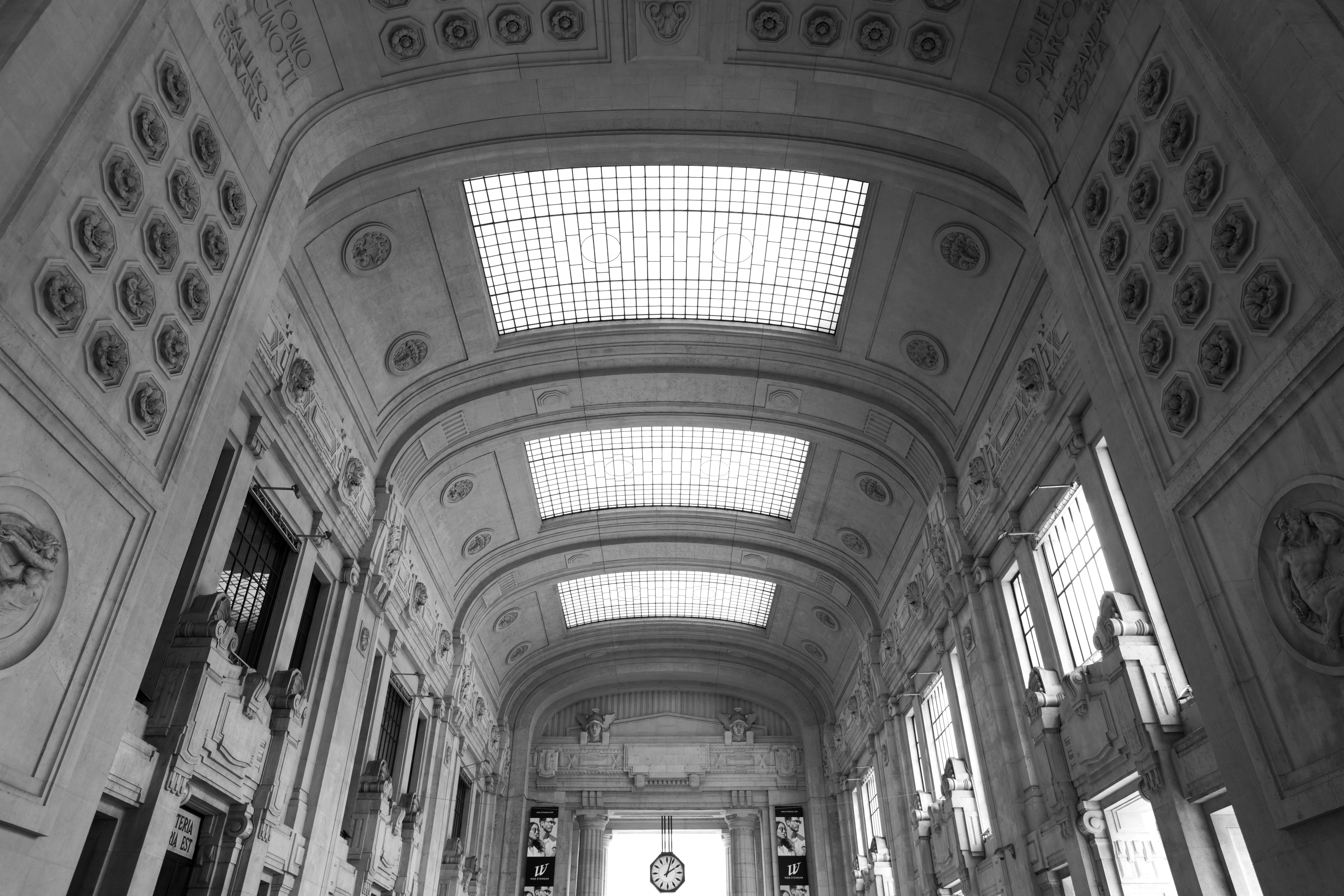
This shows us that actually Architecture, even if it is not political di per sé, becomes so just for the fact that it represents something in peoples' heads, and that political perception is of everyone: builders, users, praisers and detractors.
In the process of treasuring the Heritage —that is, in passing from the demolition of the effigies of the dictator of yesterday to the protection of his own artistic products today, regardless of the original message— there is a change in the attribution of the meaning that impregnates that particular building or space, which then it is the reason why Milan Central Station is still used today, together with many other buildings of the Regime. And this is what Krier defines as «Architecture that goes beyond politics», and which also applies to the station building. But for Piazza della Repubblica nowadays, this is not the case: it can be said that it's still a prisoner of the limbo of incompleteness in which it was deliberately confined, in favor of an car-oriented axis towards Piazza Duca d'Aosta. Instead of overcoming politics, she was a victim of it.
Let's take a macabre example, to conclude with (yeah!): The Auschwitz camp. The architecture of that complex expresses one thing and has only one purpose, so clear that it can even afford to mock the inmates and hesitant visitors of today with the famous sign at the entrance; not to mention that its memory and its function are well imprinted in the collective memory. Reusing those buildings is impossible, unless someone decides to take back their original macabre function! Yet they are not destroyed, but crystallized to preserve the Memory.
In this extreme case, Krier's aphorism occurs and is verified exactly as if it was a masterpiece of architecture, as that specific building overcomes its own political significance, while maintaining it. We have therefore found three variants: Space (building, urban space...) which overcomes Politics by abstracting itself from the original intent; the Space that is a victim of politics and remains meaningless; the Space that goes beyond politics by strengthening and encompassing its original meaning. The conclusion of the Polemico is that the relationship between Architecture and Politics exists, and the two elements nourish each other and grow on each other in a relationship of continuous evolution, and must be respected and accepted.
Lately there are groups of frantics who brandish the Politically Correct Bible to prosecute statues and monuments: they are ignorant barbarians who reject Culture and the maturity that infuses us with its complexity. The tools to manage and understand things must be built, and it takes effort. Easier to erase: nothing to understand, nothing to defend, nothing to maintain and bequeath.
For those wishing to find some more information on the historic urban plans of Milan, and in particular on the story mentioned here as an "excuse" to present the main theme, I leave here a link to a series of two posts on the excellent site Stagniweb.it, managed by a railway amateur.
We bring our biplane explorer back to base; today's reconnaissance flight is over, but we can already imagine the route for a more daring expedition! I saw some churches gazing in the distance...
Responses
Thank you for your excellent article. It takes time for self evident statements to emerge from the ideological soup.
Yours
Leon